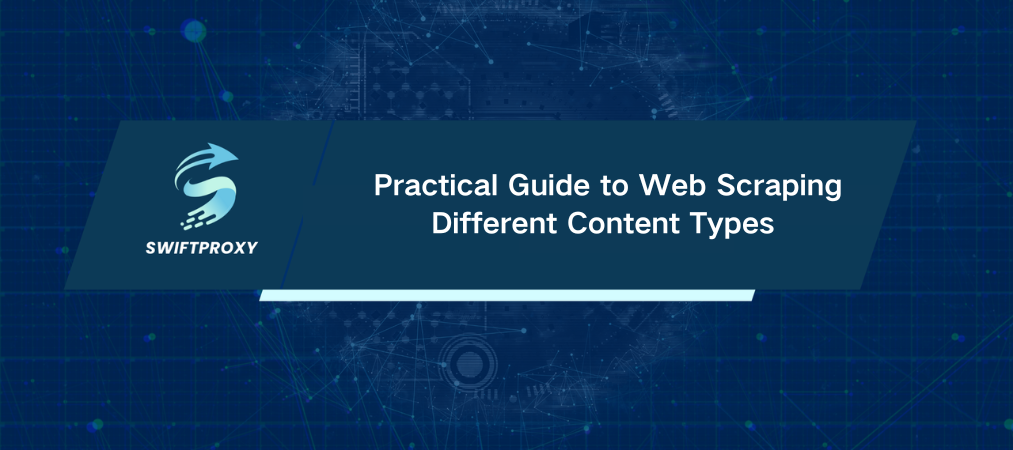Practical Guide to Web Scraping Different Content Types

Web scraping is both an art and a science. Consider this — more than 60 percent of websites today serve dynamic content, making scraping much trickier than before. So, how should this be tackled? Is it better to focus on static pages or dive into the complexities of dynamic content? Let's break it down.
Static Content: Your Reliable, Low-Maintenance Friend
Static content is straightforward. Think of it like a printed book—once it's written, it stays the same until someone changes it. This means the HTML you fetch from the server is exactly what you get. No tricks, no extra loading.
This matters because scraping static pages is quicker, easier, and more efficient. Tools like BeautifulSoup or Scrapy let you parse HTML directly, so pulling headlines, prices, or product details becomes straightforward.
If your target data updates rarely or doesn't require user interaction, static scraping is your best bet. Set up a scheduled job to pull data at intervals without worrying about complex JavaScript rendering slowing you down.
Dynamic Content: The Challenge That Pays Off
Dynamic content is more like a live concert than a printed book. It changes on the fly—loading new comments, live scores, or personalized ads as you scroll or click. It's powered by JavaScript, often hiding the real data until your browser runs the scripts.
What does this mean for scraping? You can't just fetch the page source and hope for all the data to be there. Instead, you need to simulate a browser environment. Tools like Selenium or Puppeteer can automate this for you—loading pages, clicking buttons, waiting for content to appear.
When possible, check if the site offers APIs—these can save you hours by giving clean, structured data without the hassle of rendering pages.
For real-time insights or interactive data, invest in headless browser setups. Yes, it's more complex and resource-heavy, but the payoff is huge if your project depends on fresh, dynamic info.
Choosing Your Weapon: Static, Dynamic, or Both
It's rarely one or the other. Many sites combine both. You might scrape static product descriptions but also need to fetch dynamic stock levels or user reviews.
Start by analyzing your target site. Use your browser's developer tools—look at the "Network" tab to see if data is loaded via XHR requests or APIs. This will tell you if dynamic scraping is necessary.
Build a hybrid scraper. Use lightweight HTML parsing where you can, and fallback to browser automation when you hit dynamic roadblocks. This approach balances speed and thoroughness.
Wrapping Up
Mastering web scraping starts with understanding the type of content you're dealing with. Static content offers simplicity and speed—perfect for quick, efficient scraping. Dynamic content, while more complex, gives access to richer, real-time information that static pages can't match.
The key is choosing the right approach for each situation. Tailor your tools to the task. Be flexible. Stay alert. Always test your scraper thoroughly to catch changes before they break your setup.

















































